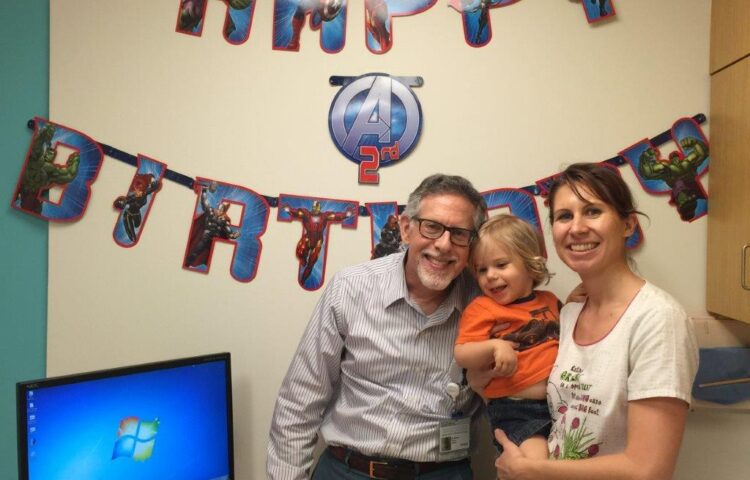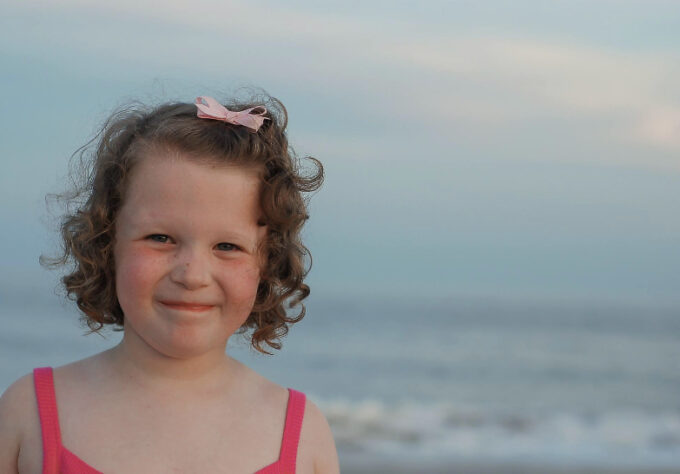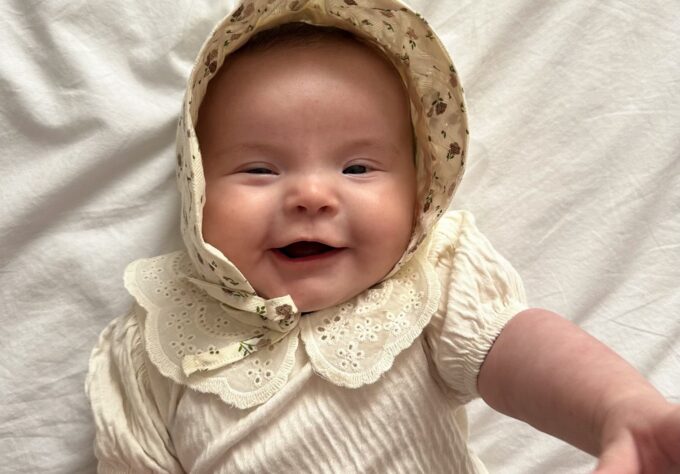This article originally appeared in STAT on December 15, 2016.
When 6-month-old Asher Camp was diagnosed with type 1 spinal muscular atrophy, a leading genetic cause of infant mortality, his family measured his life in days, not years. They dreaded the future, wondering how much time they would have with their beautiful baby boy.
Parents of children with type 1 spinal muscular atrophy aren’t guaranteed to see their baby’s first steps, first day at school, or other treasured milestones that make up a child’s life. Instead, they watch anxiously as developmental milestones are missed, as common colds require trips to the emergency room, and as hope fades for reaching the day when a cure becomes available.
Asher got lucky. He was able to take advantage of a life-changing opportunity, the kind that needs to be available to all children.
Just a month after Asher’s parents, Amanda and Jeremy Camp of Lakeland, Fla., received what they thought was a death sentence for their child, they enrolled him in a pioneering clinical trial conducted by Dr. Richard Finkel at Nemours Children’s Hospital in Orlando. Asher joined a group of 20 infants who received a treatment of nusinersen, an experimental drug that uses a tiny fragment of RNA to target the specific genetic disorder at the root of spinal muscular atrophy. The drug increases the production of a protein critical for normal cell function. (The results of this clinical trial were recently reported in The Lancet.)
Since Asher started the trial 42 months ago, he has endured more than 10 treatments of nusinersen, each of them administered by spinal tap. In that time, he has gained strength and, along with it, the ability to sit up, crawl, stand, and propel his wheelchair. He is now a growing 4-year-old living with his illness and making progress that was never thought possible.
Gaining access to such lifesaving treatment should not be limited to just a fortunate few who are lucky enough to be enrolled in such clinical trials. During the time that Asher has gotten stronger, many other children with spinal muscular atrophy and other disorders have died while trying to hold on until treatment becomes readily available.
Countless families across the country hold vigil over their children who are living with numerous rare disorders, such as spinal muscular atrophy. These children and their families are trapped in a painful numbers game. There simply aren’t enough children with each rare disorder to build a body of scientific evidence to support or refute the effectiveness of potential treatments.
Tragically, systemic obstacles in the world of medical research are denying children the time for hope. Recent research from Boston Children’s Hospital and Harvard Medical School found that almost 20 percent of pediatric clinical trials were never completed, often due to poor enrollment. The same study showed that 30 percent of completed pediatric clinical trials were never even reported in the medical literature.
Terminating a clinical trial before it finishes and not publishing what is learned wastes valuable resources and diminishes families’ significant commitment and contributions to research. Failing to report the results of a completed trial, even if they don’t show a benefit from a new treatment, is also a problem. Reporting on and learning from failures is as important to moving the field forward as reporting on successes. It helps reduce duplication, improves effectiveness in research, and spurs much-needed innovation. Completing trials and reporting the results of all of them will help bridge gaps in our collective knowledge and improve awareness and communication of scientific discovery.
The National Institutes of Health has begun addressing these issues by requiring that studies funded with federal dollars be reported and updated on ClinicalTrials.gov.
There is far too little research funding to waste.
That’s one reason why President Obama’s signing into law Tuesday the 21st Century Cures Act is something to celebrate. It may not be a cure-all, but it will provide billions of dollars and systemic improvements in the next decade, doing more to further medical advances than any other legislation in recent history. The act stands to streamline and facilitate the development, review, and approval of treatments.
The research community is on the cusp of unlocking vital treatments for many rare diseases, as well as many common disorders that burden our society. The funding called for in the act, as well as changes to the approval processes, will speed the discovery and translation of this work to improve lives now and in the future.
There’s also work to be done on the home front. Every medical and research institution needs to look within its own walls to eliminate waste in research. There are many ways to improve the efficiency of research without compromising safety. Streamlining patient recruitment, hastening communication of breakthroughs, and collaborating in networks of clinical research can help move advances to the next level. Our organization is committed to these kinds of efforts and research partnerships to help even more children like Asher get access to life-prolonging and lifesaving treatments.
While perfect solutions in policy, processes, or patient care are hard to come by, we must act to improve medical research, speed discovery, and deliver the gift of time to families and children with rare disorders.



